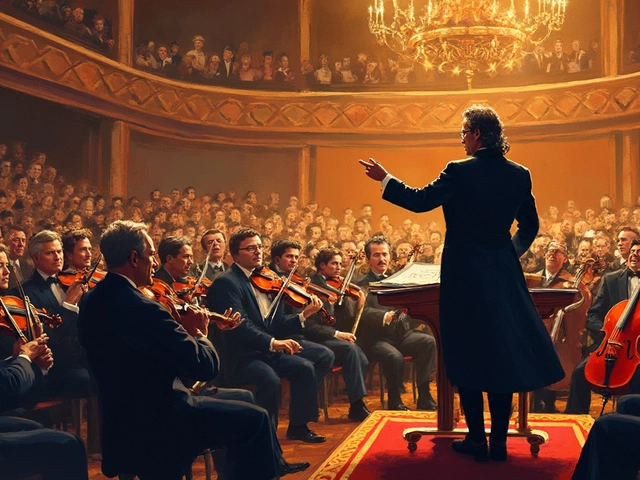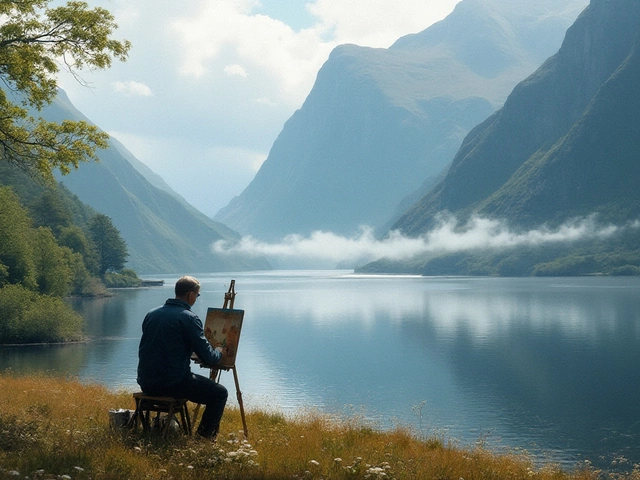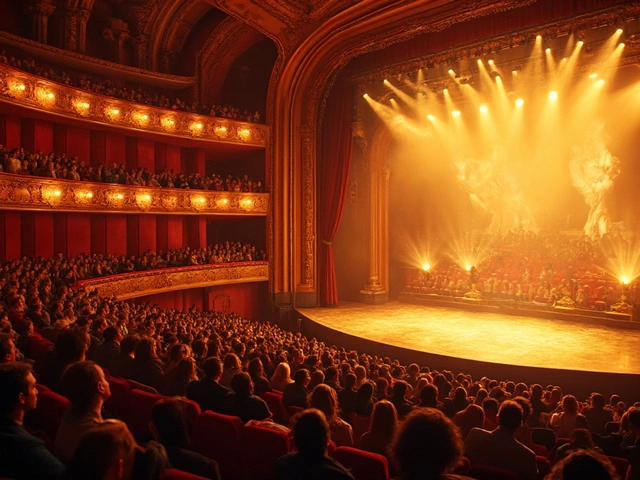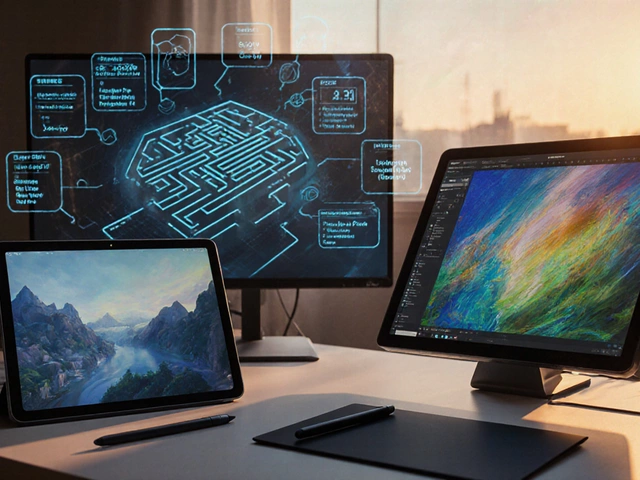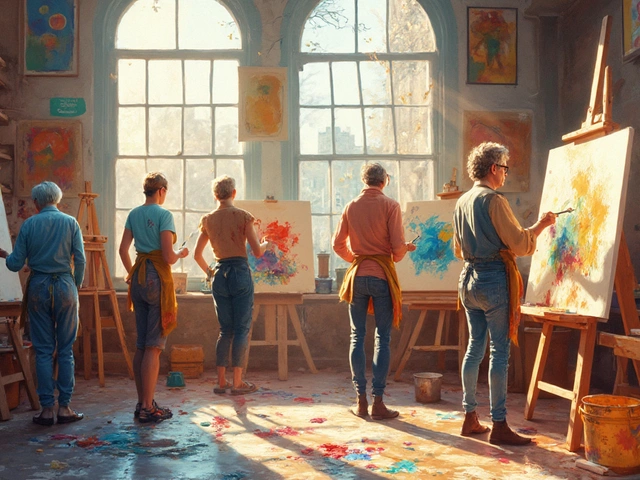Color Palette Ideas – Inspiration, Tips & Techniques for Every Artist
When working with color palette ideas, a collection of color combinations that help artists achieve mood, harmony, and visual impact. Also known as color schemes, they guide everything from a quick sketch to a gallery‑ready painting. In portrait painting, artists focus on realistic skin tones and subtle gradients, choosing the right palette can make a face pop and convey personality. Similarly, abstract art, relies on bold, unexpected color pairings to convey emotion pushes the limits of traditional harmony, turning color itself into a narrative tool. Even in oil painting, the slow drying time lets you blend pigments on the canvas, mastering palette choices is essential because every mix stays visible for hours. These connections illustrate that color palette ideas encompass portrait painting color selection, are shaped by abstract art influences, and require thoughtful planning in oil mediums.
Why Color Palette Ideas Matter Across Mediums
Color theory provides the backbone for every palette decision. Knowing the attributes of hue, value, and saturation lets you predict how a teal will read next to a burnt orange, whether you’re painting a seascape in acrylic or designing a UI mock‑up in Photoshop. Digital art expands the conversation by adding screen‑gamut limits and RGB‑vs‑CMYK considerations, so a palette that works on a monitor may need tweaking for print. The relationship between digital workflows and traditional media shows that color palette ideas influence tool choice: a painter might reach for a limited set of tube paints, while a digital illustrator selects swatches from a software library. This cross‑medium influence means that any artist, regardless of preferred tools, benefits from a solid grasp of palette construction.
Practical tips start with a simple step: build a limited palette of three to five base colors and mix outward. For portrait work, include a warm ochre, a cool blue, a neutral gray, and a touch of red to capture skin undertones without overwhelming the composition. Abstract creators often begin with a strong complementary pair—like violet and yellow—and add a neutral to balance intensity. Oil painters appreciate the ability to keep pigments wet, so they layer glazes using a progressive value scale, turning a single palette into depth over time. Digital artists, on the other hand, can experiment with global adjustments, saving color harmony presets that transfer across projects. Each approach reinforces the idea that color palette ideas require a methodical process, whether you’re mixing on a palette knife or adjusting sliders on a screen.
The articles below reflect this breadth of application. You’ll find a deep dive into the toughest modern art styles, a step‑by‑step guide on using the rule of thirds in portrait painting, and practical advice for getting your work into exhibitions. There are also resources on the best‑selling art print sizes on Etsy, oil‑painting medium choices, and how to turn paintings into high‑quality digital prints. By exploring these posts you’ll see how color palette ideas intersect with composition, market trends, and technical execution, giving you a well‑rounded toolbox for every project you tackle.
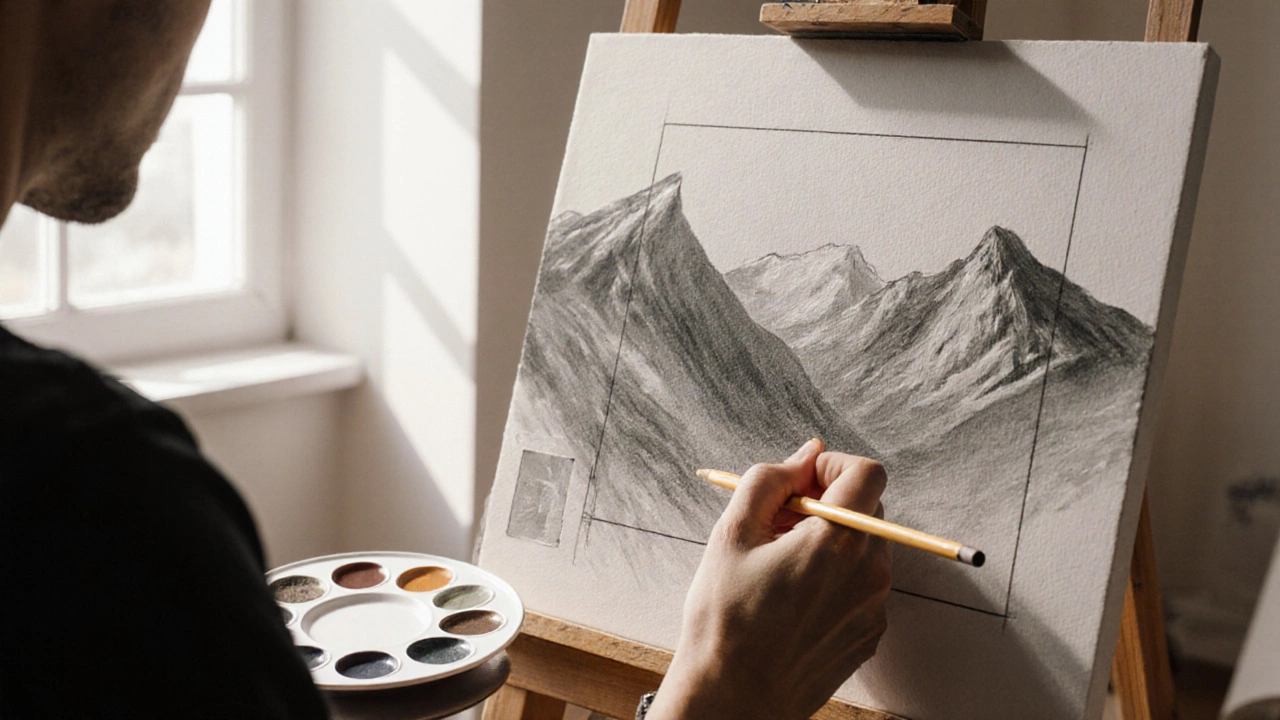
Discover practical tips to boost the visual impact of your landscape paintings, from composition rules and color palettes to texture, light, and storytelling.
